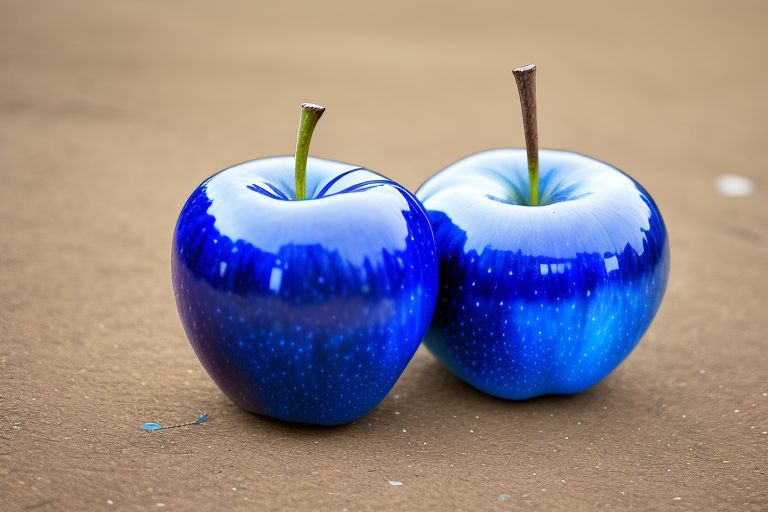A Fruitful Year for Blue Apples as Production Soars By Samantha Roberts, Food & Agriculture Correspondent
If you’ve noticed more of those unique blue-skinned apples popping up at your local grocery store lately, you’re not alone. The peculiar but popular fruit experienced a major surge in production throughout 2023, bringing the unusual eats into the mainstream.
Blue apples have been around for a couple decades now, ever since a few savvy agricultural scientists successfully developed the first varieties through hybridization in the early 2000s. But until recently, they were mainly confined to specialty produce stores and farmer’s markets that catered to more adventurous consumers. This year, however, major commercial orchards ramped up blue apple production to meet rapidly growing public demand.
“The blue apples are finally having their moment,” said Tom Bradley, an orchardist operating hundreds of acres of blue apple trees in Washington’s Yakima Valley. “We’ve been planting more and more trees over the past few years to keep up with skyrocketing orders from big grocery chains and produce distributors.”
So what’s behind blue apples’ newfound popularity surge? According to botanists, the novel navy-blue hue comes from increased levels of antioxidant compounds like anthocyanins found in the fruits’ skin and flesh. Some nutritionists believe these compounds could provide extra health benefits, which may be contributing to blue apples’ public appeal.
“There’s definitely a health halo effect with blue produce,” explained Dr. Emily Rhodes, a nutritionist at UCLA. “For a long time, people associated purple and blue foods like blueberries and acai with being antioxidant-rich ‘superfoods.’ I think blue apples are riding that same wave of public perception now as a nutrient-packed choice.”
The unique color also makes blue apples stand out from traditional red or green varieties, providing orchardists with a fun new novelty to market and consumers with an eye-catching new treat to enjoy. “Kids just go totally bonkers when you hand them a blue apple,” chuckled Bradley. “I’ve got three grandkids myself, and they were absolutely mesmerized the first time I brought some home from the orchard.”
Of course, turning the whole apple crop blue will take time as orchardists continue propagating and planting more blue varietals. But with the momentum of surging demand behind them, it seems the humble apple’s new blue look will be here to stay. So the next time you’re strolling the produce aisle, don’t be surprised to spot those brilliant blue fruits amidst the more familiar reds and greens.
























+ There are no comments
Add yours